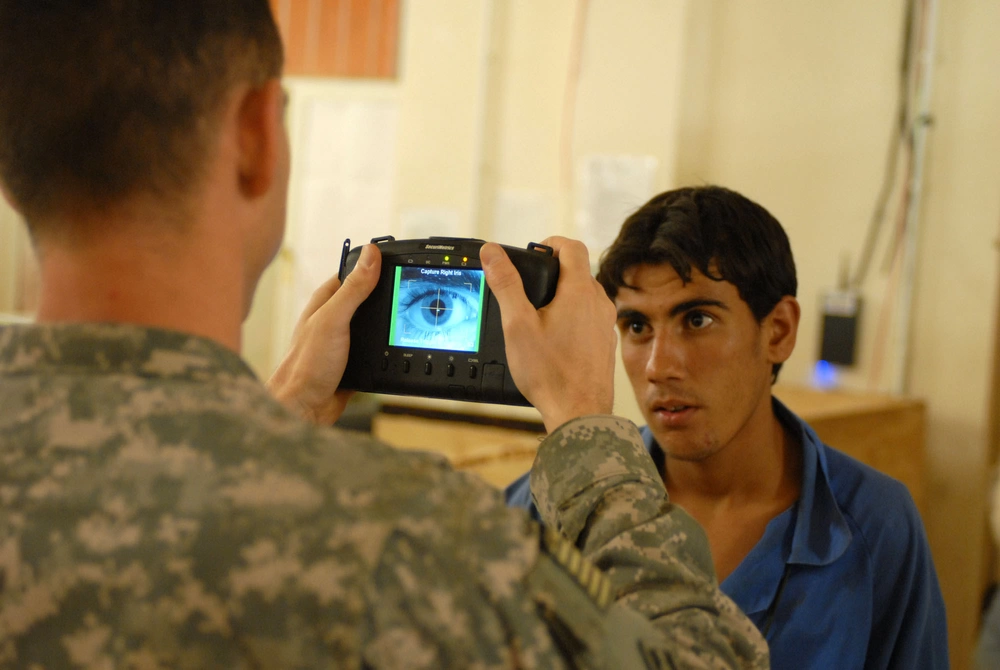Information on U.S. Army-Managed, Portable Biometrics Data Collection Systems
Defense Systems Information Analysis Center (DSIAC) staff contacted the U.S. Army Program Executive Office for Intelligence, Electronic Warfare & Sensors (PEO IEW&S), who is responsible for developing and managing the Army’s portfolio of biometrics sensing…


